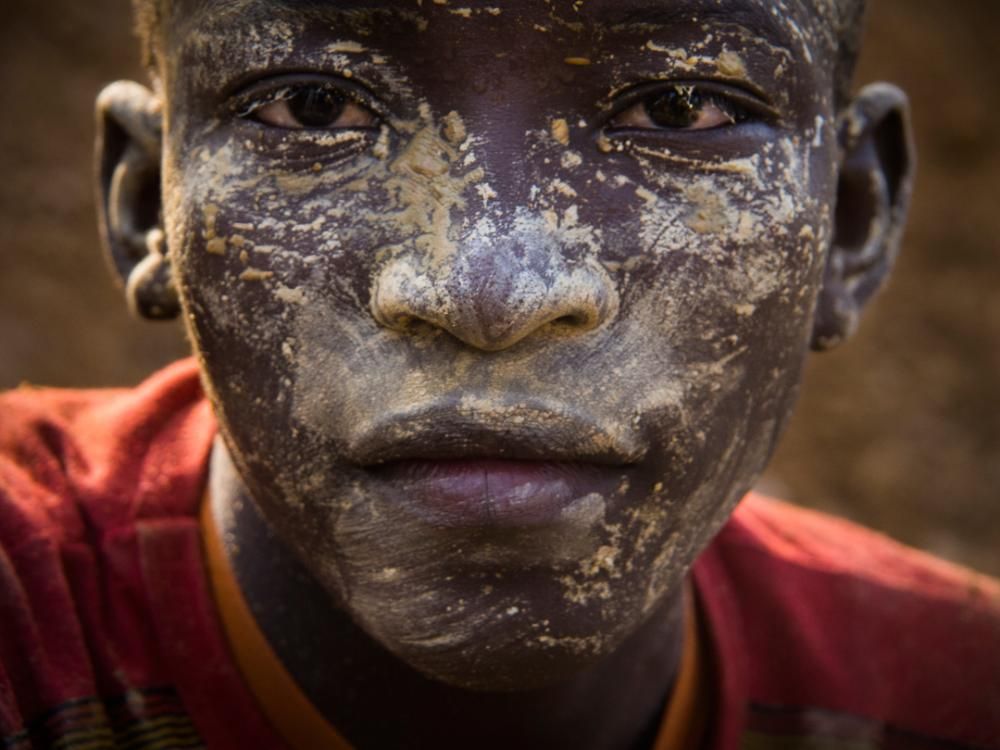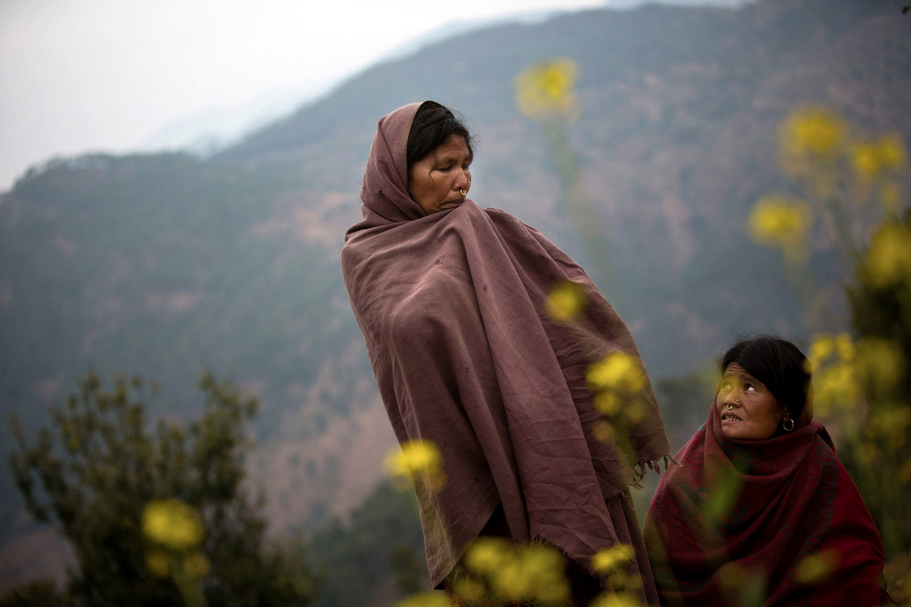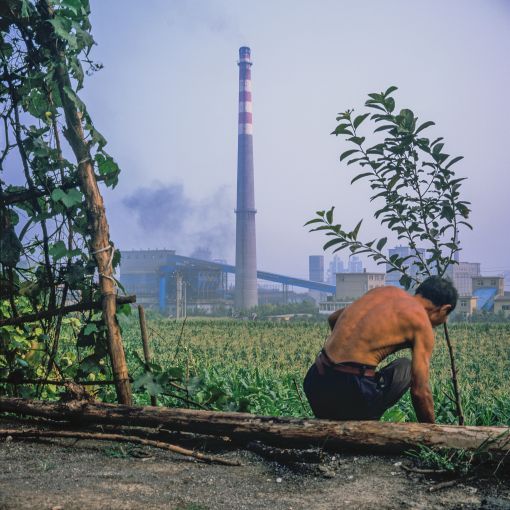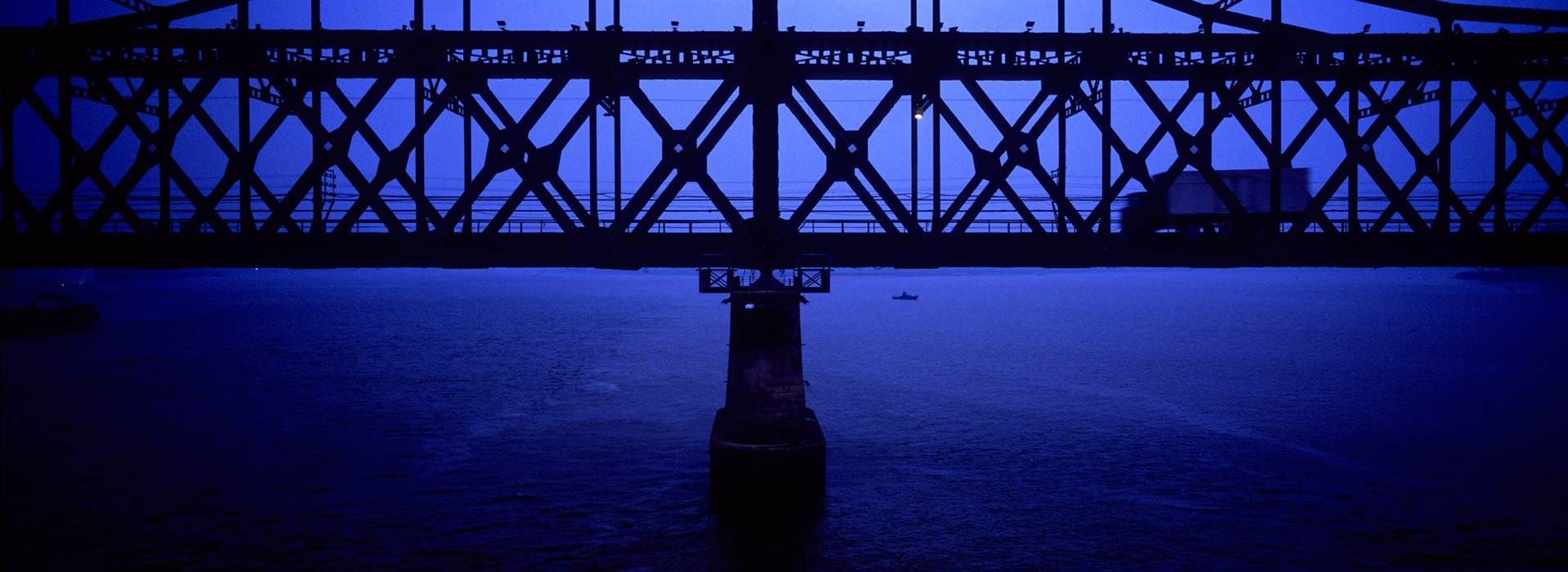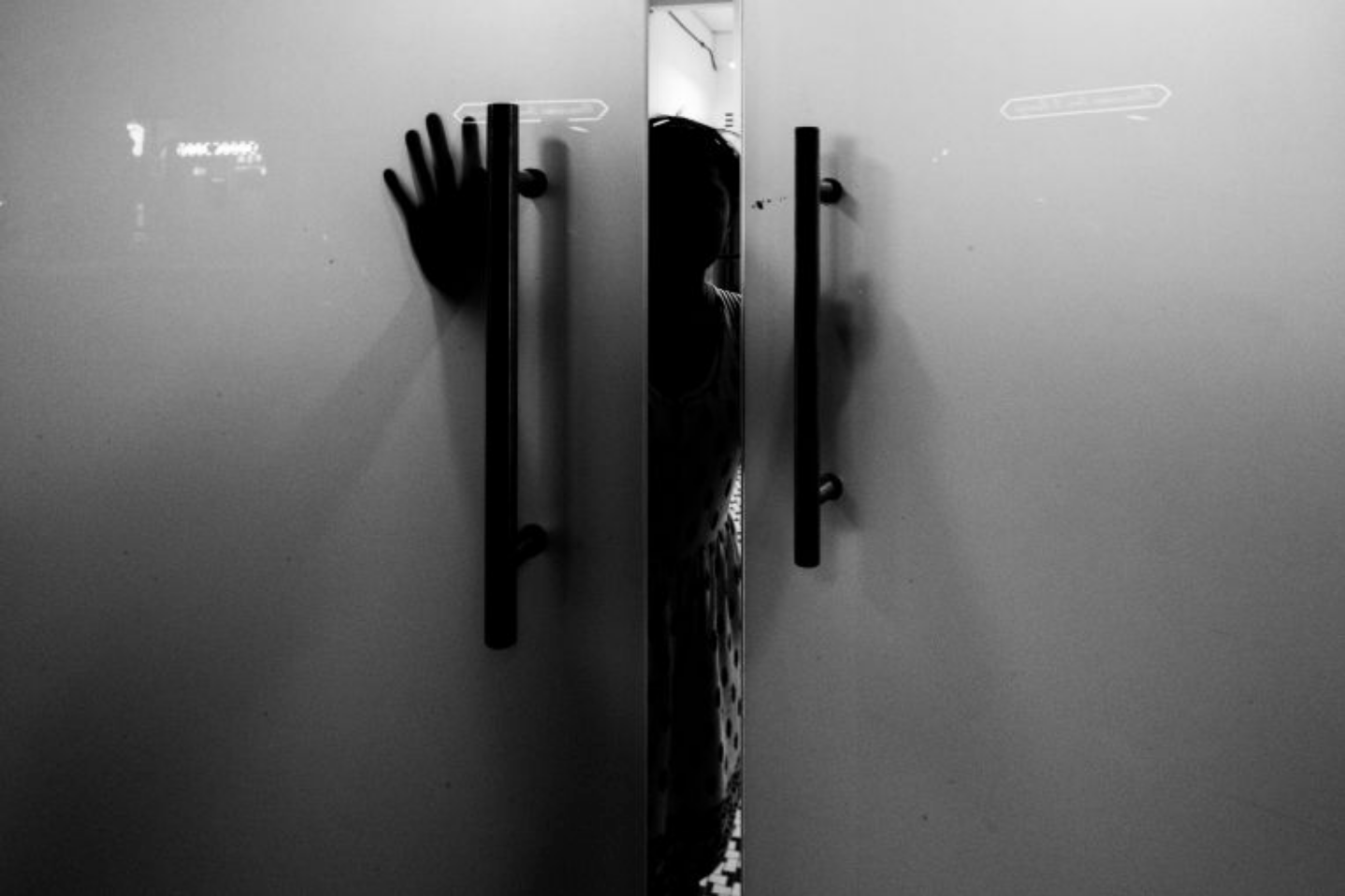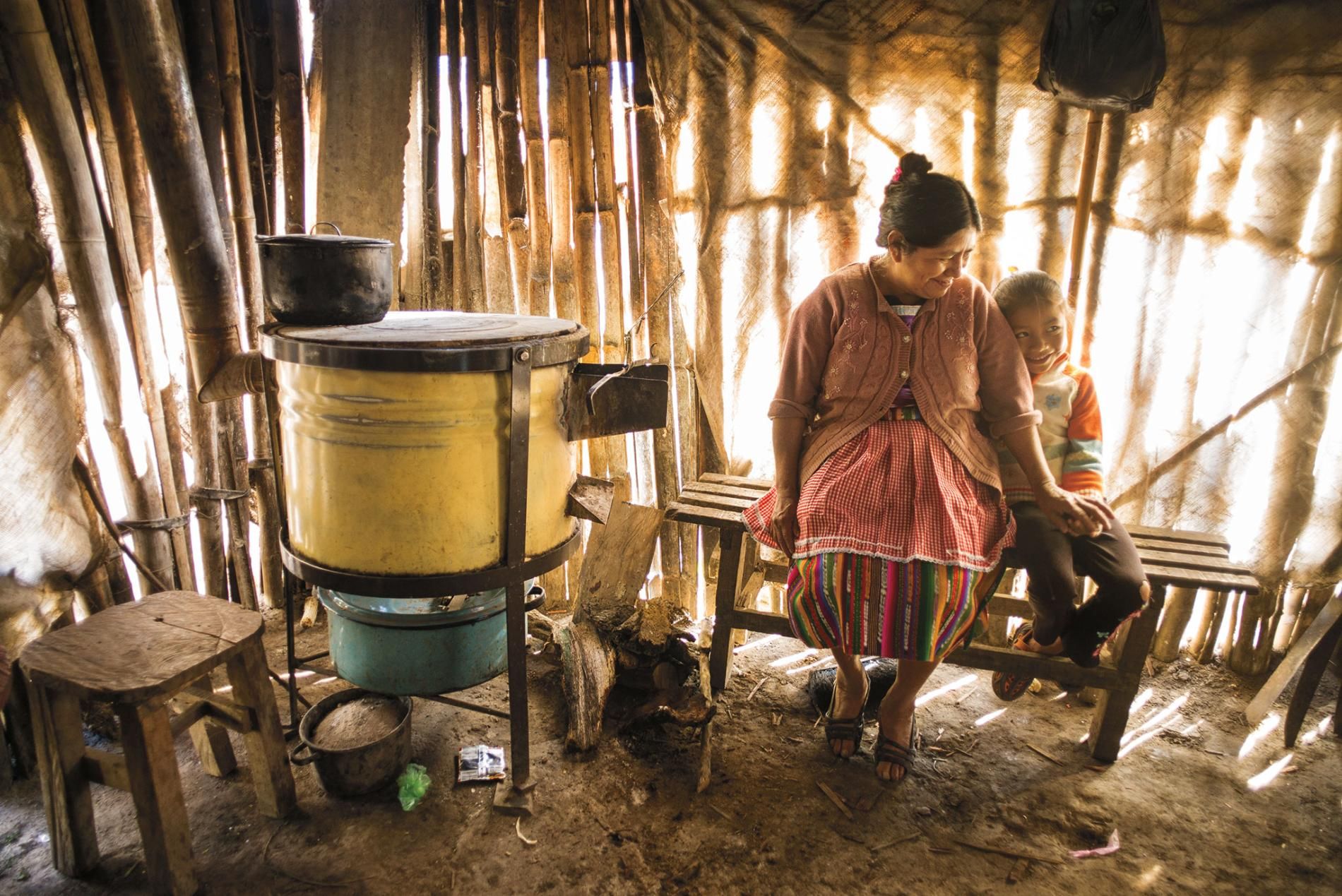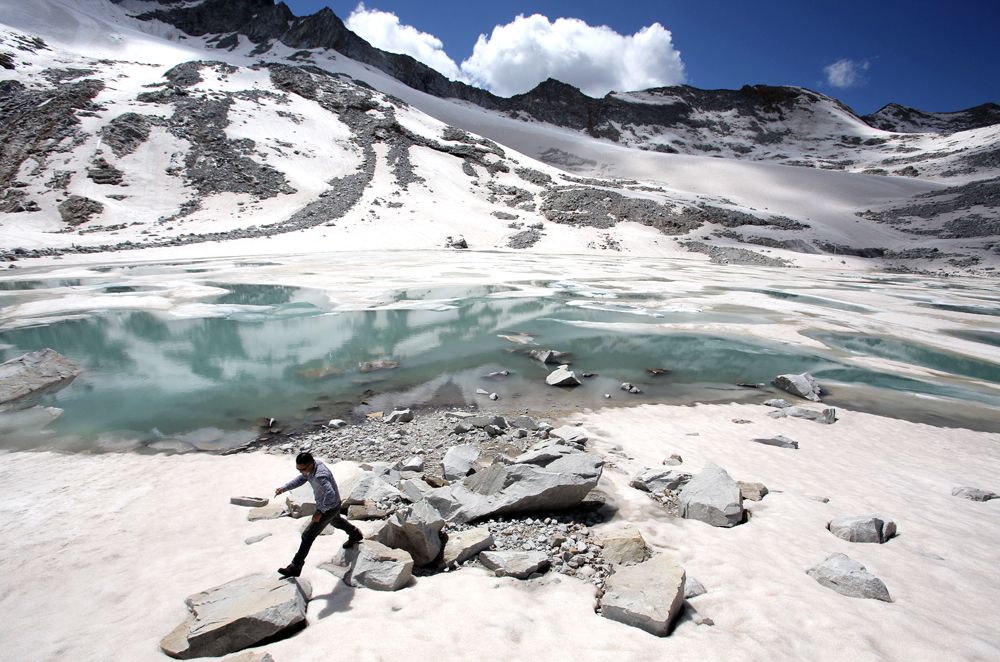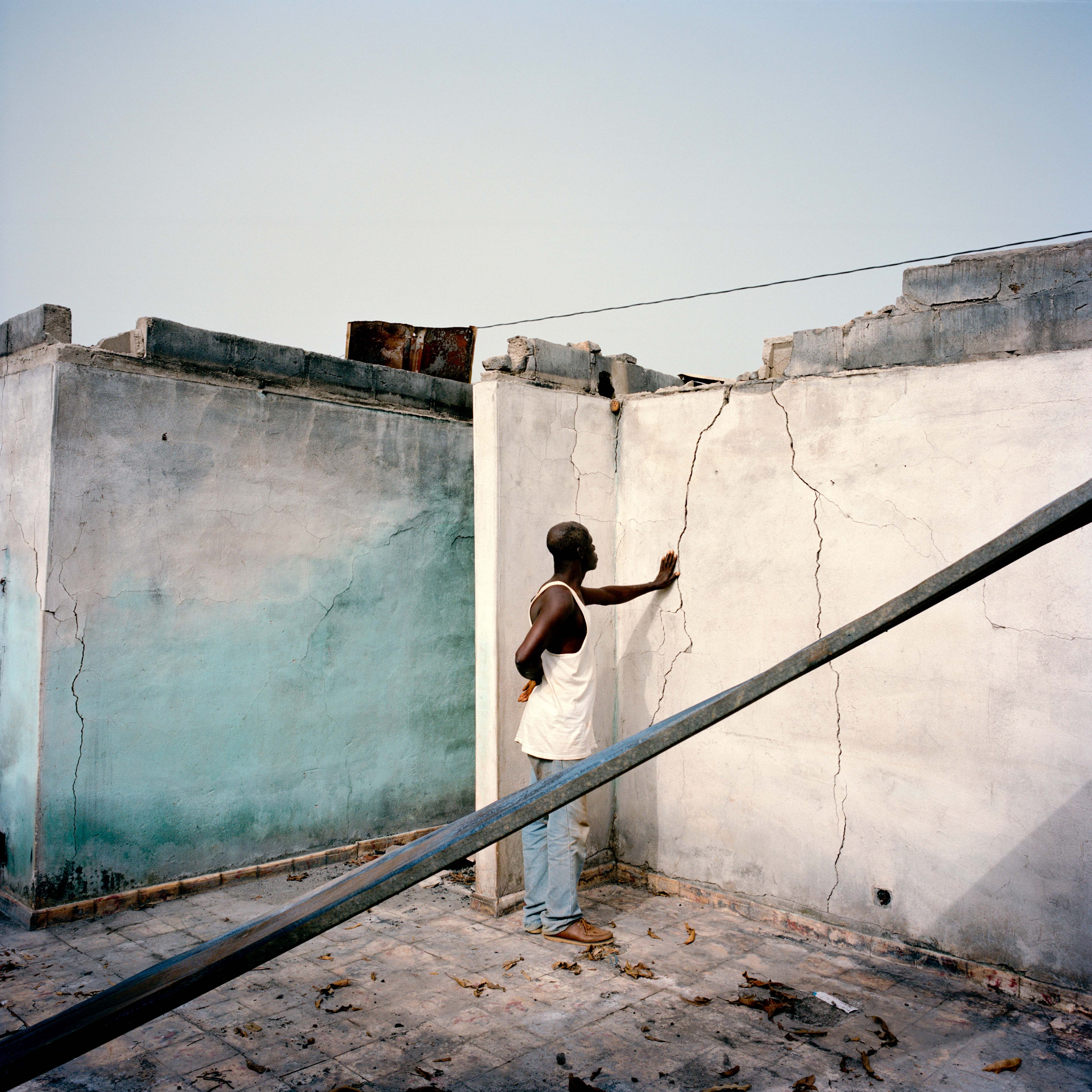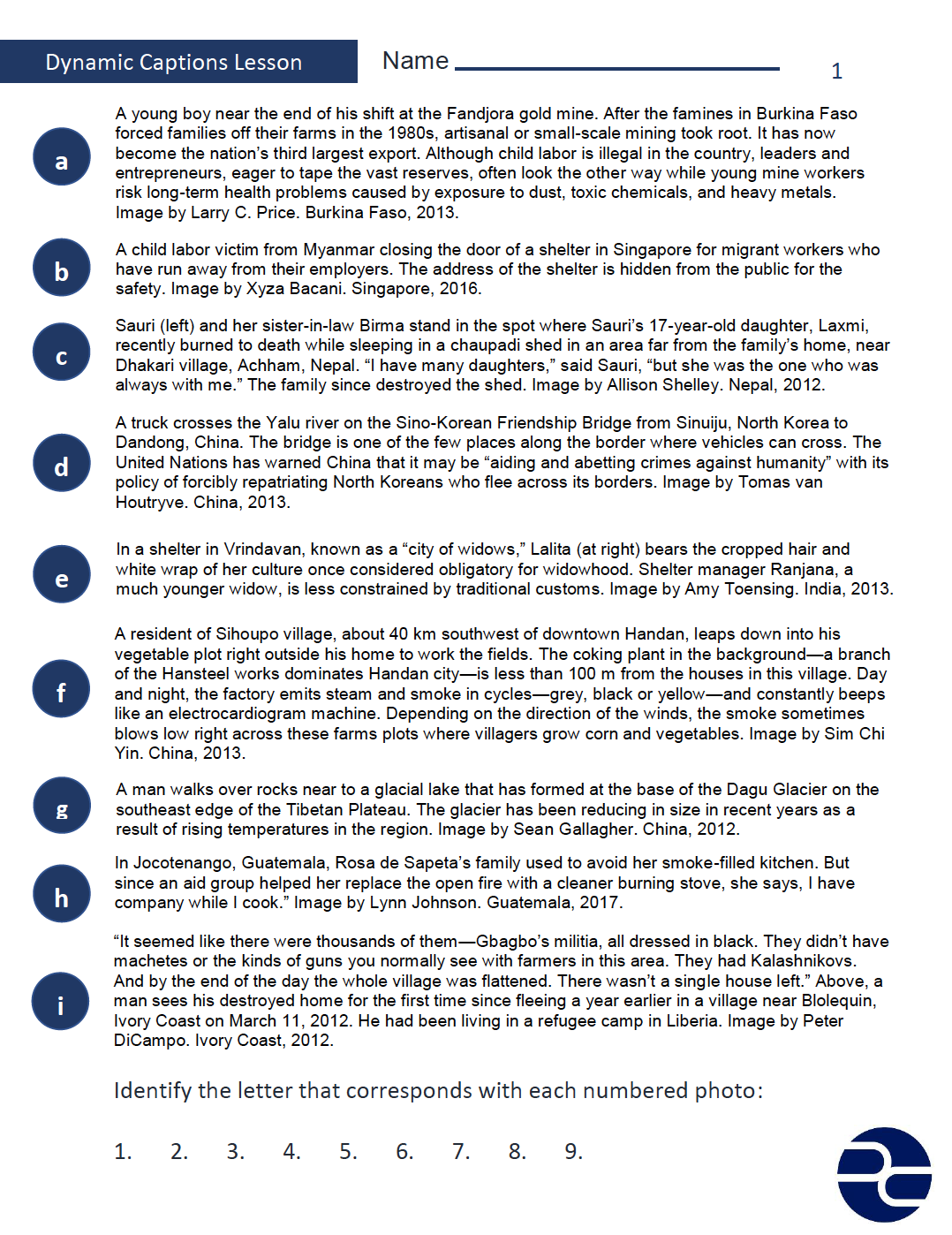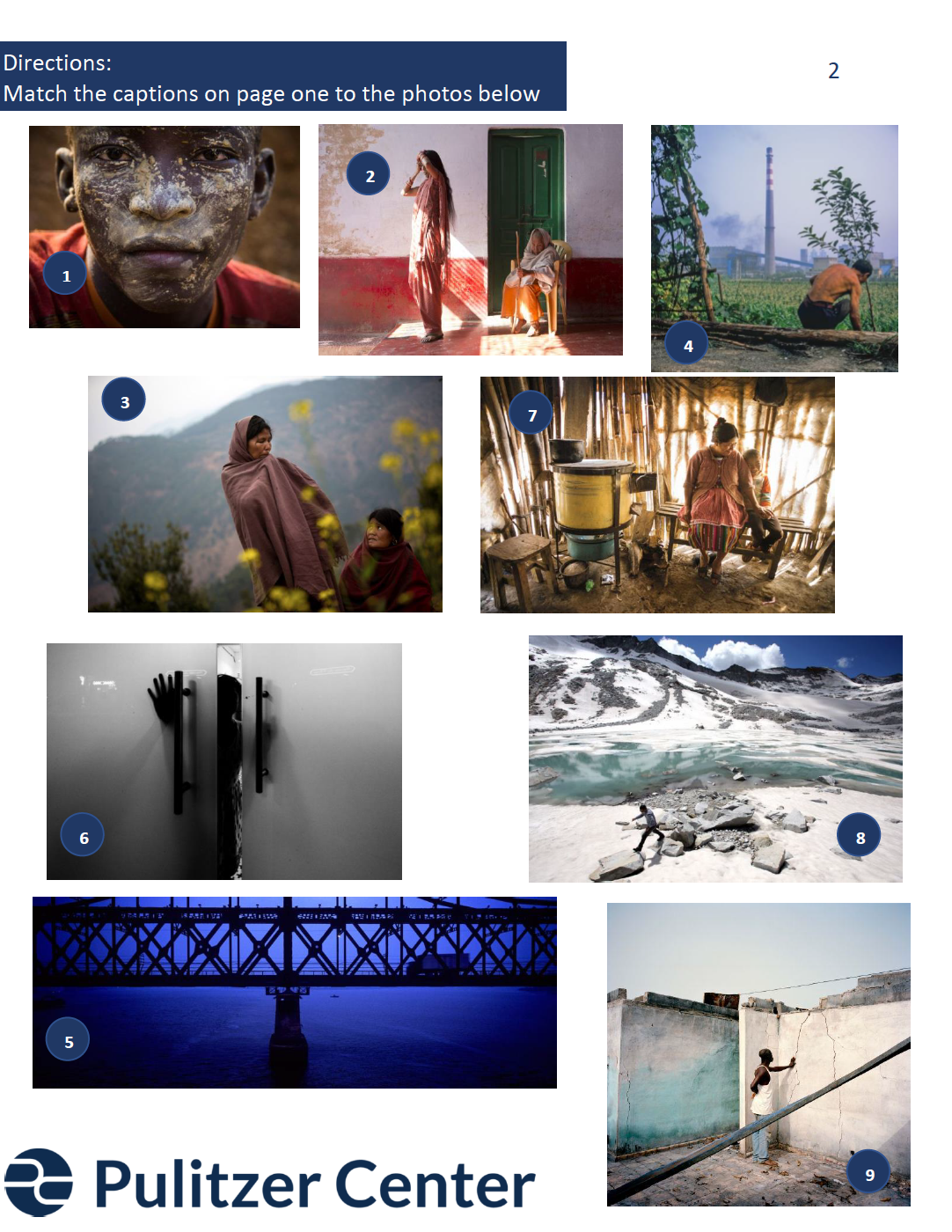Objective:
Students will be able to:
- Identify the primary parts of a photo caption by completing an attached worksheet
- Compare captions that a photojournalist would use in a project to captions that an individual might use on social media
- Identify how photo captions can assist viewers in understanding a photojournalism project and increase accessibility
Warm-up:
Captions convey important information about a photograph, but often we may quickly scroll past a caption and miss important information that a photographer wants the viewer to know.
1. Follow the "see, think, wonder" pattern to evaluate the photograph below without reading its caption:
- What do you see in this photo?
- Where could this photo have been taken?
- Why do you think the journalist chose to capture this scene or moment?

First, analyze this photo without its caption.
2. Check your predictions:
- Were any of your predictions correct?
- What information did you gain by reading the caption?
- What false assumptions might you make without reading the caption?
Introducing the Activity:
Photographers and publishers generally include several important pieces of information in a photo caption, such as:
- A description of the physical objects or people in the photograph
- Information that gives context to the moment captured in the photograph
- The name of the photographer
- The country or location in which the photo was taken
- The year that the photo was taken
In the following activity, students will match captions to photos from Pulitzer Center photography projects. Students should identify the parts of a caption (listed above) in each example on the worksheet.
Downloadable worksheet:
Instructions: Match the captions to the corresponding photographs.
Discussion Questions:
- Why is it important to describe what is physically in a photograph when writing a caption? How might your caption help people with different physical or mental abilities engage with a photograph?
- Why is it helpful to include context in a caption used in a newspaper, magazine, or online news source? Why might excluding context be dangerous?
- How do captions for photojournalism projects or news publications differ from captions on personal social media accounts? What do you normally include in your personal photo captions?
Extension Activities:
Option 1. Follow the @pulitzercenter Instagram, where journalists frequently post photographs from their reporting projects. Choose three photographs. Without reading the captions, write a caption for each photo that you would share on your personal instagram. Afterwards, compare your caption to the one the journalist wrote.
Option 2. Complete a photojournalism project at home or school by taking three photos of events that many people would not notice on an average day. Write two captions for each photo: one caption that you would use on your personal instagram that you would share with your friends and one that you would use as a photojournalist sharing this moment with strangers.

